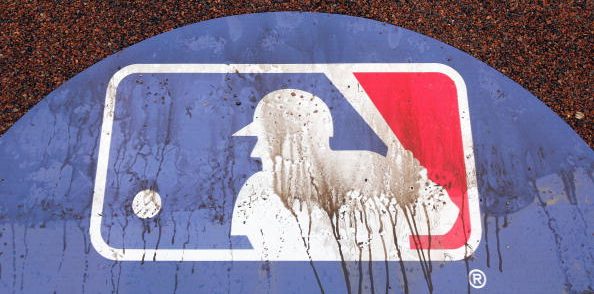There’s still plenty of uncertainty about just what will happen with professional sports in the era of the COVID-19 pandemic, but MLB is the latest league that’s seen some new reported details emerge on its plan to return. Ken Rosenthal of The Athletic published a piece Saturday (with additional reporting from colleague Evan Drellich) with information on the latest approach to resuming play MLB plans to present to owners Monday, which could be presented to the MLB Players’ Association Tuesday if the owners approve. And that piece includes a whole lot of interesting information.
As per Rosenthal, this is all still quite in flux and could change significantly on several fronts. It requires ownership and MLBPA approval, and it would also require sign-off from medical experts (and presumably, also approval from governors in the states where MLB hopes to play). But the current plan, which Rosenthal writes is as per four people with knowledge of the league’s intentions, involves a regular season of around 80 games (it could be 78 or 82) beginning in early July. That season would be regionalized, with teams only facing other teams from their division and from the other leagues’ corresponding division (so AL East teams would play AL East and NL East teams).
The proposal would also see teams open in as many home parks as possible (but likely without fans), but teams not permitted to use their home parks could wind up playing either at their spring training facilities or at parks in other parts of the country. And it would include an expanded playoff setup featuring seven teams in each league rather than five, with the team with the best record in each league advancing straight to the division series and the other six teams playing off in a larger best-of-three wild-card round.
There are of course a lot of obstacles to this actually playing out as proposed. For one thing, this doesn’t even have the owners’ collective approval yet. For another, attempting to use as many home parks as possible would mean that MLB would have to have this cleared by a whole lot of state governments, and there are issues there even if the games are held without fans. For another, the players’ association would have to sign off on this, and Rosenthal notes that this plan would come with them asked to accept a further reduction in pay, likely in the form of a set percentage of revenues rather than the already-agreed-to proration of salaries for a shorter season. The owners’ argument here would be that they’ll lose money on games played without fans if players are paid even pro-rated regular salaries, but there’s some doubt about that (to say the least) thanks to MLB’s lack of transparency on its finances.
But at the very least, it’s interesting to read about the details of the plan the central MLB office is now trying to bring to the owners. And it feels like quite an optimistic plan on several levels, especially with the regular season beginning in July. Many events beyond that timeframe have already been cancelled, including the 2020 Tokyo Olympics, and there’s uncertainty about others, including the NFL’s planned season. And there’s further uncertainty with a widely-distributed approach (rather than the central-site location idea the NBA and NHL have been discussing), as that requires coordination with many more levels of government. So we’ll see if this gets approved by the owners, and then by the players’ association, and then we’ll see if MLB is actually able to put it into play as they plan.







